Canary Islands Guide: Discover the Magnificent Seven
The Canaries are a firm favourite among UK sunseekers thanks to their fabulous gold (and black) sandy beaches, incredible volcanic landscapes, lush forests, and superb family-friendly attractions - including Siam Water Park and Loro Park. Here’s your guide to the seven largest Canaries.
Located just off the coast of Morocco in North Africa, the Canaries are a group of seven islands, each with its own unique character. For centuries, it was believed that the islands’ spectacular peaks were the Lost City of Atlantis.
Britons have long been fond of this dramatic, sun-kissed destination, which boasts 160 miles of coastline and an astonishing 150 beaches.
Here’s your quick guide to the seven largest islands in this fabulous archipelago.

Fuerteventura
The island of Fuerteventura is the ideal starting point for your adventure in the Canaries. Here, Corralejo is a great place to base yourself, with its many well-developed resorts. Nearby is Corralejo Dunes National Park, featuring dunes that stretch out in the distance à la Lawrence of Arabia.
Towards the south of the island, you'll find the fabulous Playa de Sotavento de Jandía, much loved for its gas-blue waters and golden sands. On the western coast, meanwhile, lies Playa de Ajuy, which draws beachgoers with its unique black sands.
Like all the Canaries, Fuerteventura is well-known for its hospitality, which, combined with picturesque villages and mouth-watering seafood, means it ticks all the boxes for a great beach holiday.
Don’t miss Mirador Morro Velosa, affording spectacular views over the centre of the island (but be warned, it’s windy!).
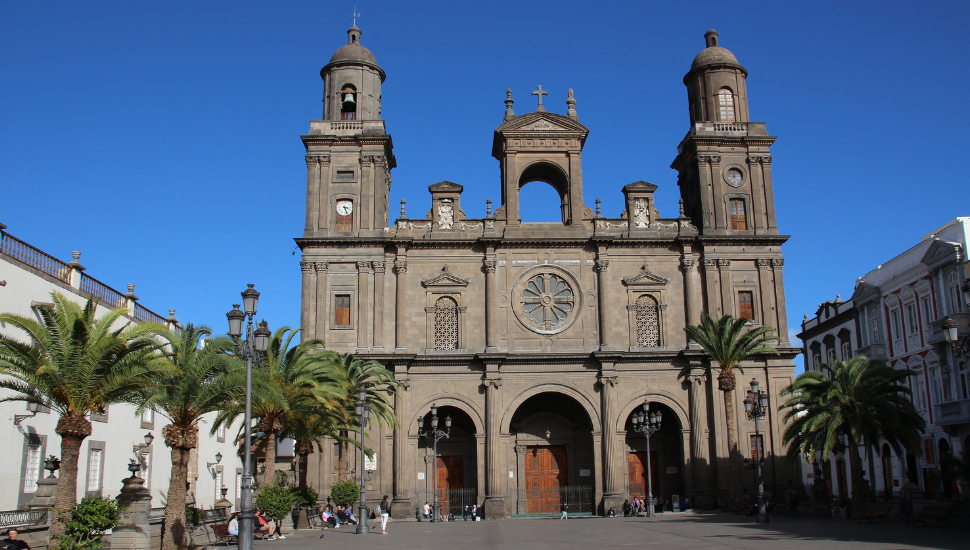
Gran Canaria
A short ferry trip from Fuerteventura lies Gran Canaria, an island of ever-changing microclimates and astonishing vistas. For centuries, visitors have found inspiration in these dramatic landscapes, some of which have a truly otherworldly appearance.
One of the must-visit attractions is Pilancones Natural Park, whose breezy ravines and sun-blessed plateaus are thought to be around 12 million years old.
Another rewarding day trip is assured at Agaete, whose precipitous dark cliffs plunge into the sea with high drama. Roque Nublo, meanwhile, is an epic volcanic rock formation that has to be seen to be believed.
But like Fuerteventura, Gran Canaria is also blessed with a choice of top-class beaches.
Popular beachcomber haunts include Amadores Beach. If you fancy something more active, head to Caleta de Arriba, offering some of the island’s best surfing conditions.
The capital, Las Palmas de Gran Canaria, offers a convivial yet metropolitan feel: a melting pot of cultures many centuries in the making - not least because of the role it played in the Age of Discovery. Highlights here include Playa Las Canteras and the Catedral de Santa Ana, a magnificent structure that took 350 years to complete.
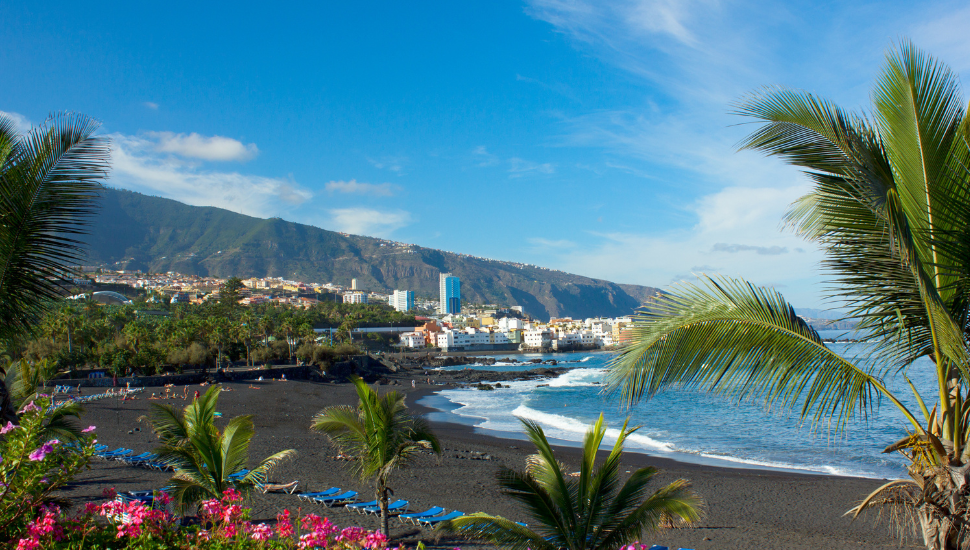
Tenerife
The centrepiece of many Canaries holidays, Tenerife is the largest and busiest of the magnificent seven.
More than five million sunseekers flock to this island annually, drawn to the stunning and varied beaches. Playa Las Americas and Los Cristianos boast fabulous gold sandy stretches, while Playa Jardin features mesmerising black sands.
If you’re visiting with children, don’t miss the vast and hugely entertaining Siam Water Park - a huge aquatic adventure playground inspired by the magic of old Thailand. Indeed, your kids are unlikely to let a visit to Tenerife pass without coming here!
Then there’s Loro Parque, home to 10,000 animals and 500+ species - including lions, tigers, flamingos and orcas.
It’s possible to buy a ticket for both Siam and Loro Parque at a discounted price.
Other attractions include the famous Dragon Tree, which, locals claim, is more than 1,000 years old.
Outdoor adventure lovers should set aside a day (at least) to explore Teide National Park, home to Spain’s loftiest peak, Mount Teide (3,715 m). The peak and the strange outcrops around it are truly other-worldly - so it’s little wonder the setting featured in the original Planet of the Apes (1968).
If you don’t fancy climbing this grand cone of rock, there are plenty of easier hikes - all of which afford magnificent views over the other-worldly landscape.
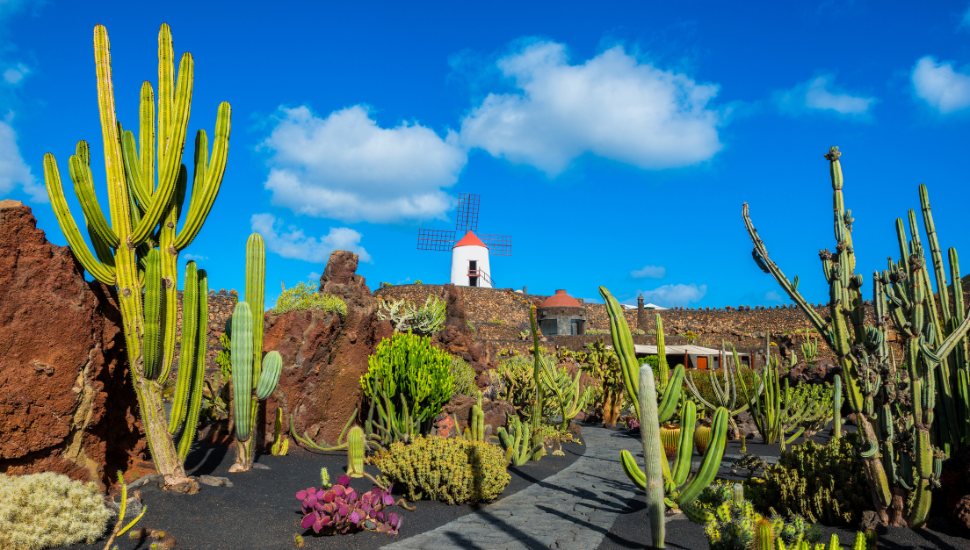
Lanzarote
On the east of the archipelago lies Lanzarote, aka ‘the island of 100 volcanoes.’ At the heart of Lanzarote’s appeal lies Timanfaya National Park, whose beautiful yet barren vistas are a testament to a series of devastating eruptions that took place here in the 1700s.
Other must-visit attractions include Jameos del Agua, a natural cave amphitheatre created by César Manrique, Lanzarote’s favourite son. Manrique’s artistic influence can be seen right across the island - and the Canaries more widely.
Not far from Jameos lies Cueva de los Verdes - ‘the green caves’ - where you can explore some of the island’s deepest and most impressive cave systems.
But Lanzarote also has its fair share of beaches - some of which are truly stunning. Playa Blanca towards the island’s south is a fabulous spot to top up your tan, while Papagayo Beach offers a wilder, but no less impressive beach experience.
Snorkelers, meanwhile, should head for Punta Mujeres, boasting crystal-clear waters and a variety of fish species.
Puerto del Carmen is the island’s busiest town and home to Playa Grande and Matagorda, as well as a pretty old-town dock, where fishing boats land the day’s catch.

La Palma
Beginning the final trio in our list, La Palma boasts awe-inspiring volcanic vistas - including lava trails recently created by the Cumbre Vieja eruption, as well as verdant rainforests and majestic waterfalls.
It’s also a stargazer’s paradise, thanks to a special law that protects its sky from light pollution.
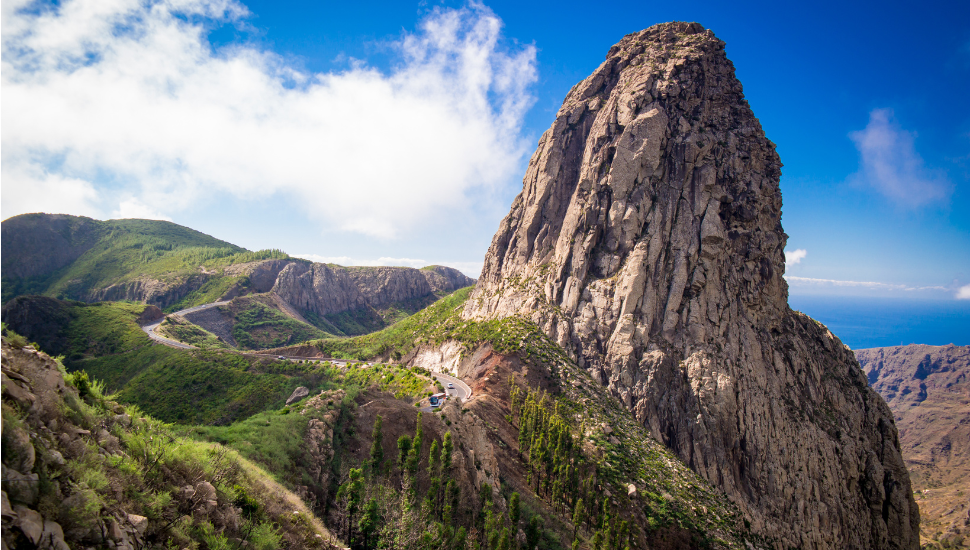
La Gomera
Crisscrossed with hiking trails, peaceful La Gomera is a winner among nature lovers, who adore the lush green forests and volcanic terrain.
Ferns and moss-covered trees give the place a magical quality, making some wonder why the island is not more famous than it is.
However, the mountainous terrain makes building resorts here a tricky proposition. So wide and deep are the island’s ravines, in fact, that the locals created a whole new language - or rather whistle - for communicating across long distances. Called Silbo Gomero (or the “Gomeriam whistle”), you can still hear this ancient form of communication today.
The island is also famed for its delicious potatoes. Be sure to try a ‘papas arrugadas’ - a boiled potato dish served with a chilli pepper garlic sauce.
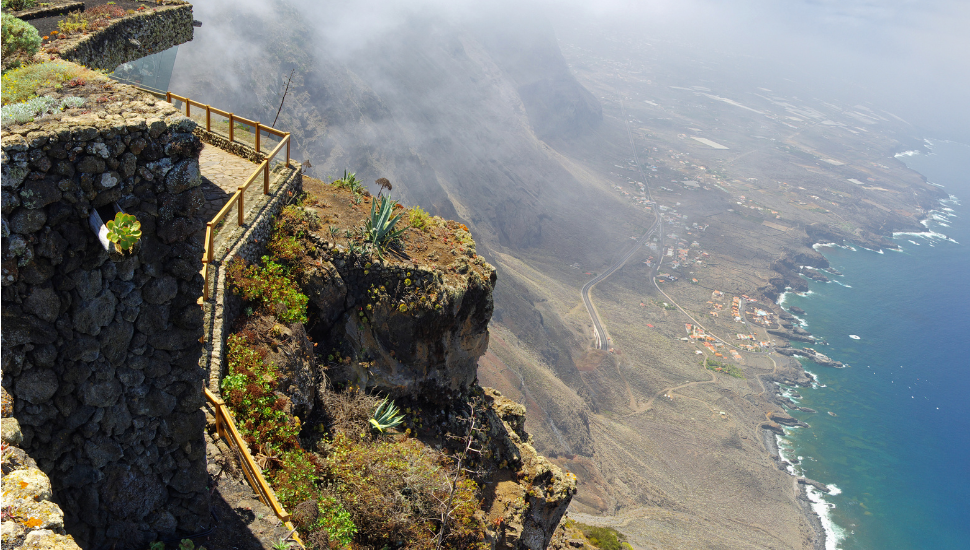
El Hierro
Another island that has escaped over-tourism is El Hierro, the smallest of our magnificent seven. This also gives the island a serene atmosphere and means visitors get to experience the fairytale, moss-covered forests without throngs of other holidaymakers.
The craggy, uneven nature of the island makes it very challenging to build resorts. Additionally, there are no direct flights from outside the Canaries, so visitors only trickle in.
Get a Quote